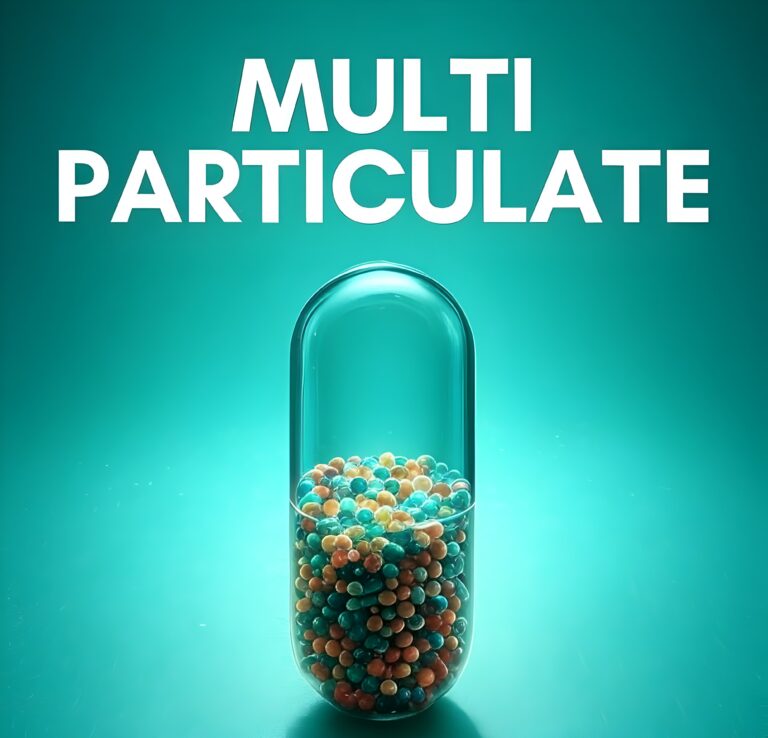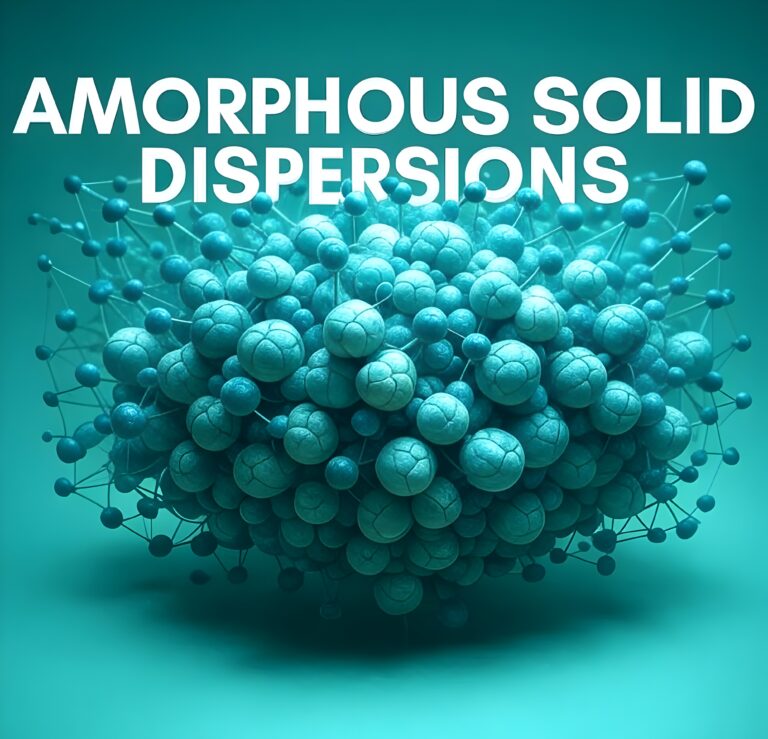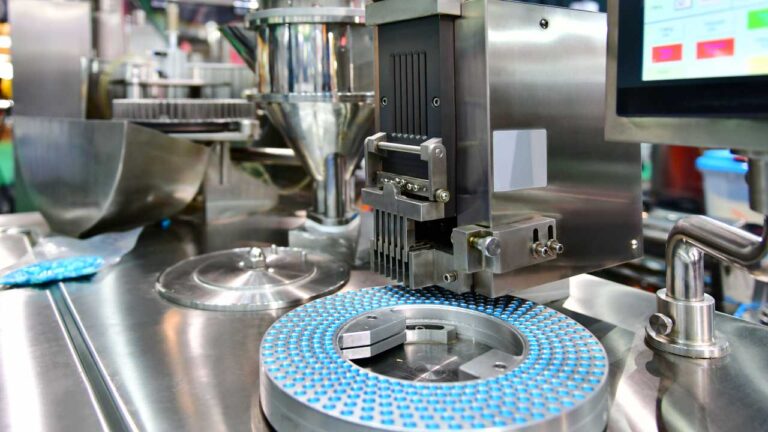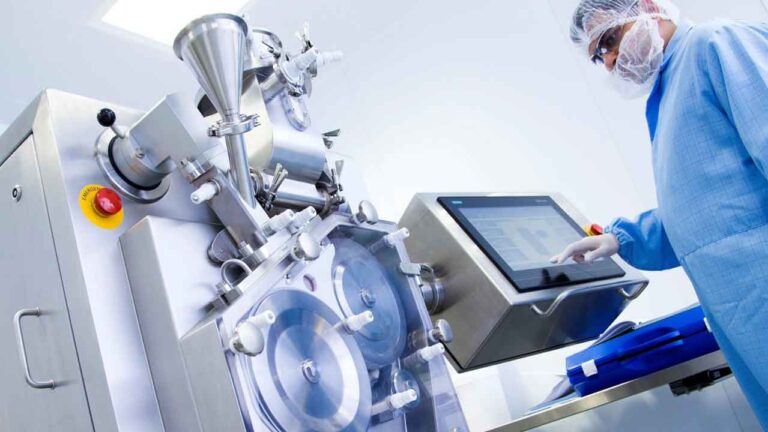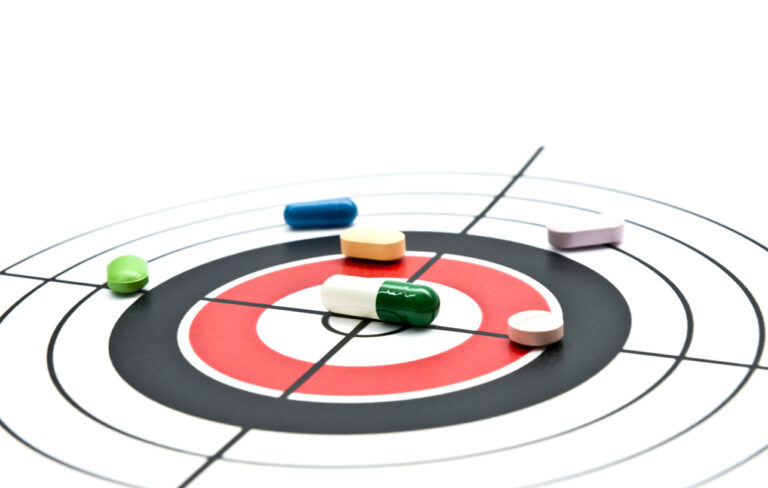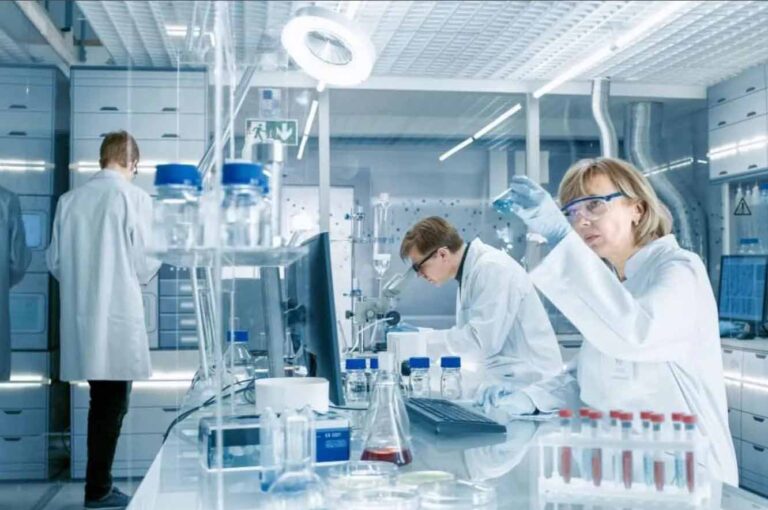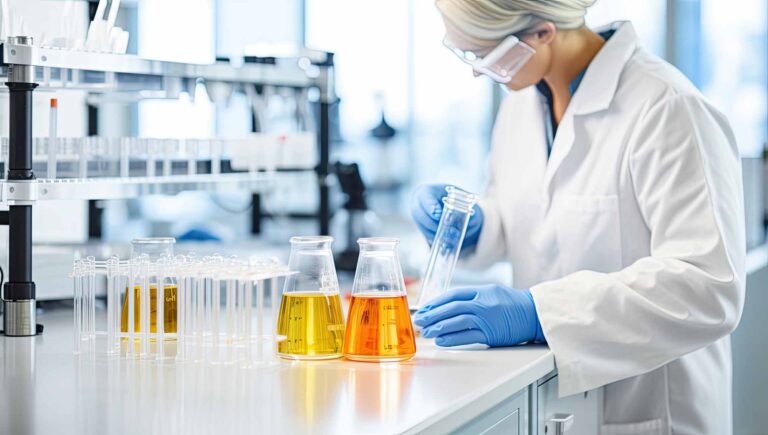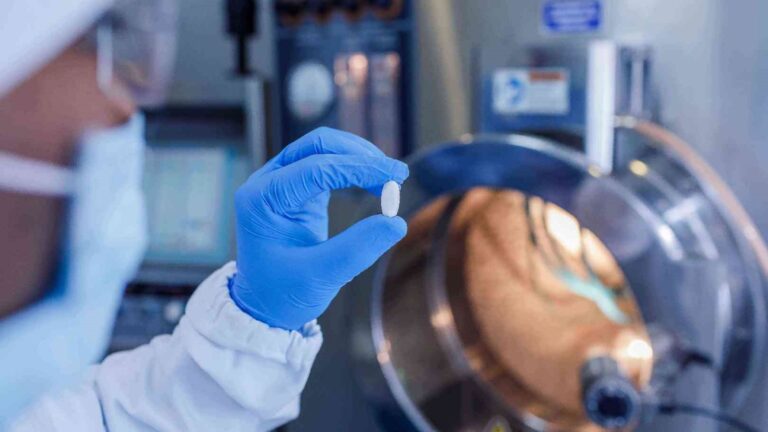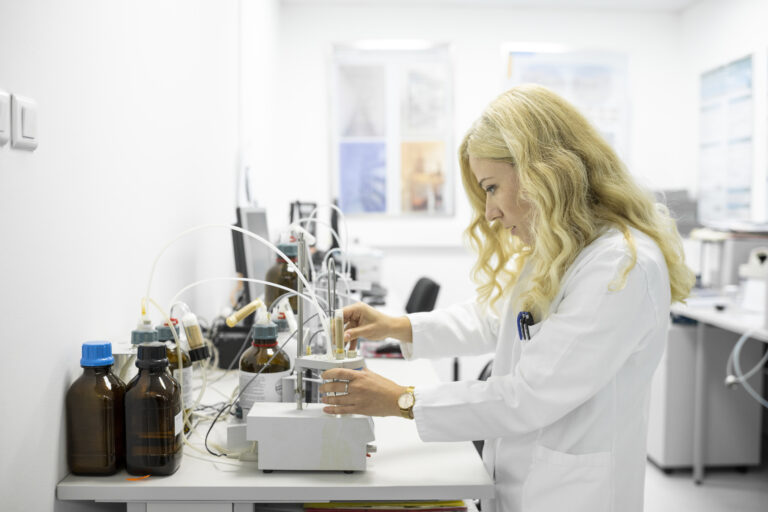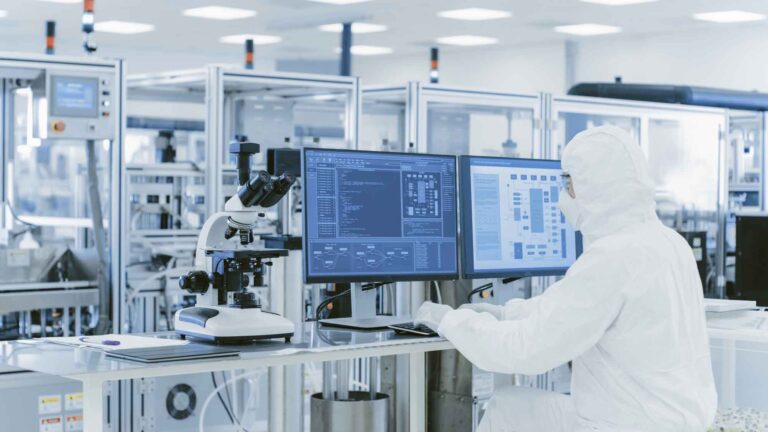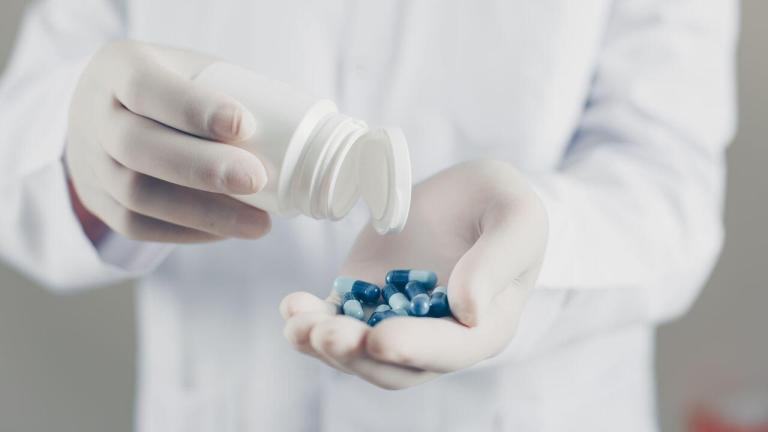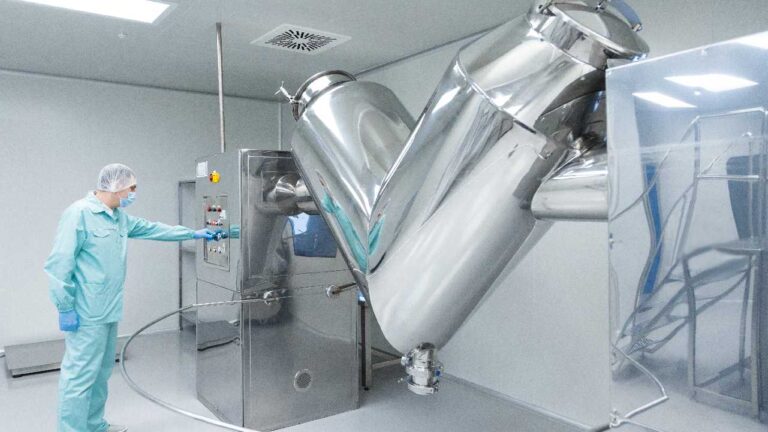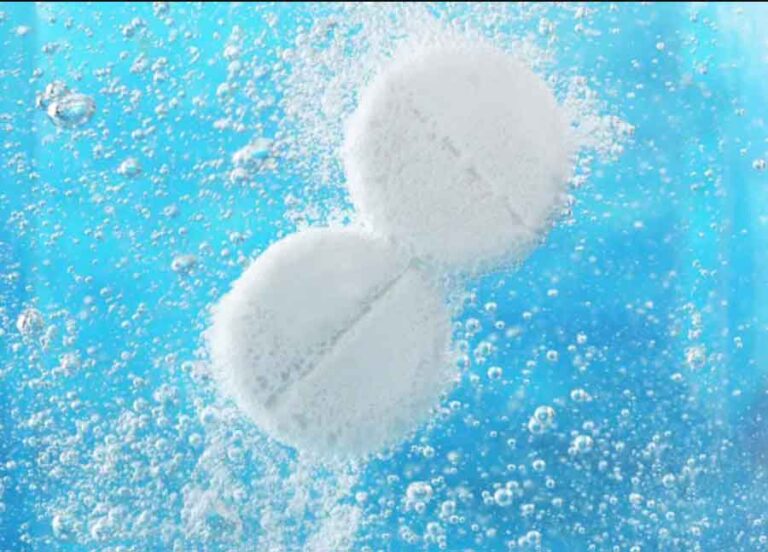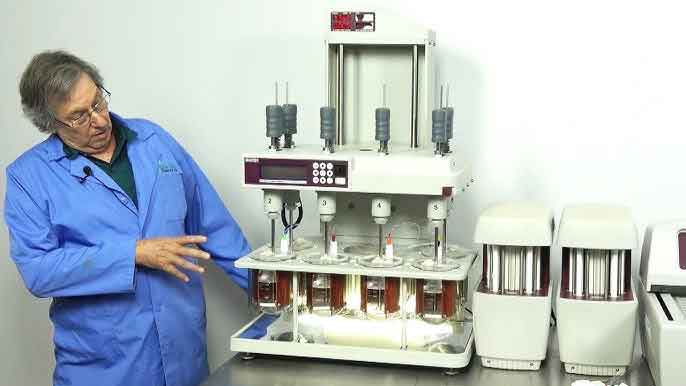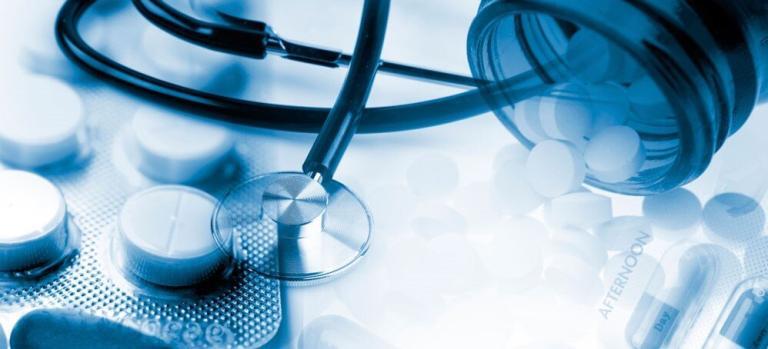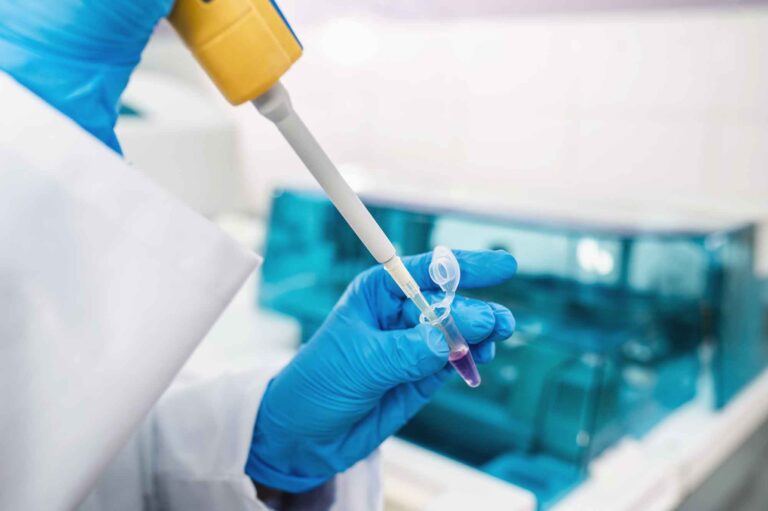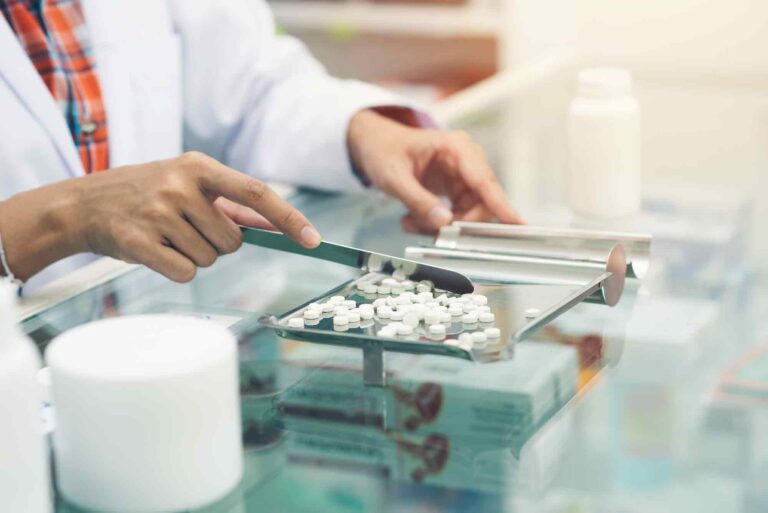Sustained release formulations are designed to release a drug at a programmed rate, ensuring the medication is delivered over an extended period. This is beneficial for drugs that are metabolized quickly and would otherwise be eliminated from the body too quickly after administration. By maintaining therapeutic drug concentrations within the body for longer durations, sustained release formulations enhance the efficacy of treatments and improve patient compliance. The result is a more consistent, controlled, and convenient therapy for patients, reducing the frequency of dosing and minimizing the potential for side effects.

Benefits of Sustained Release Formulations
Sustained release formulations have become a key player in the pharmaceutical industry, offering a myriad of advantages that enhance drug therapy and patient care. These formulations are designed to release a drug at a predetermined rate, maintaining a constant drug level for a specific period, which can significantly improve the overall treatment experience.
Enhanced Patient Compliance: One of the most significant advantages of sustained release formulations is the convenience they offer to patients. By reducing the frequency of dosing, these formulations make it easier for patients to stick to their medication schedules. This is particularly beneficial for those on long-term medication regimens, as it simplifies their daily routines and can lead to better health outcomes.
Steady Drug Levels: Sustained release formulations provide a consistent release of medication, avoiding the peaks and troughs in drug concentration that are common with immediate-release forms. This steady release helps maintain the drug within its therapeutic window, which is crucial for drugs that require precise dosing to be effective and safe.
Minimized Side Effects: By avoiding high peak concentrations, sustained release formulations can reduce the risk of side effects associated with higher doses. This is especially important for medications that can cause significant side effects if the concentration in the bloodstream spikes too quickly.
Optimized Pharmacokinetics: Tailoring the release profile of a drug to match its pharmacokinetic properties can improve its bioavailability and ensure that the drug is released at the site of action when needed. This can lead to more effective treatments with fewer doses.
Reduced Dosing Frequency: The need for less frequent dosing not only improves compliance but also reduces the burden on healthcare systems. It can lead to fewer clinic visits for patients, which is both time-saving and cost-effective.
Targeted Drug Delivery: Sustained release formulations can be engineered to release the drug at a specific site within the body, enhancing the drug’s efficacy and reducing systemic exposure. This targeted approach is particularly useful for drugs that are intended to act on specific organs or tissues.
Cost-Effectiveness: By improving the efficiency of drug therapy, sustained release formulations can reduce overall healthcare costs. This includes savings from fewer doctor visits, less frequent medication refills, and potentially shorter treatment durations due to improved efficacy.
Customizable Release Profiles: The technology behind sustained release formulations allows for a high degree of customization. Whether a drug needs to be released slowly over time or at a specific point after administration, the release profile can be adjusted to meet the therapeutic needs.
Support for Long-Term Therapy: For chronic conditions that require long-term medication, sustained release formulations can provide ongoing treatment without the need for constant re-administration. This continuous support is essential for managing chronic diseases effectively.
In essence, sustained release formulations represent a significant advancement in drug delivery technology. They offer a more patient-friendly approach to medication management, improve therapeutic outcomes, and have the potential to lower healthcare costs. As the pharmaceutical industry continues to evolve, sustained release formulations will undoubtedly play a crucial role in shaping the future of drug therapy.
Our Approach to Sustained Release Formulation Development
Developing sustained release formulations is a complex process that requires a deep understanding of pharmacokinetics, material science, and patient needs. Our approach to creating these advanced drug delivery systems is comprehensive, ensuring that each formulation is not only effective but also safe and convenient for the patient.
Initial Consultation and Needs Assessment: The process begins with a thorough consultation to understand the specific requirements of the drug and the target patient population. This includes considering the drug’s pharmacological properties, the desired release profile, and any patient-specific considerations such as ease of use and adherence factors.
Custom Formulation Design: Our team of experts designs a custom formulation that ensures the stability and controlled release of the active pharmaceutical ingredient (API). This involves selecting the appropriate polymers and excipients that will form the matrix of the sustained release system. The design phase is critical in determining how the drug will be released over time.
Prototype Development and Testing: Once the design is finalized, we create prototype formulations and conduct preliminary testing. These tests assess the release profile and stability of the formulation under various conditions. It’s essential to ensure that the drug is released at the intended rate, providing the desired therapeutic effect without causing adverse reactions.
Scale-Up and Process Optimization: After a prototype meets the desired criteria, we scale up production and optimize the manufacturing process. This step involves adjusting the formulation and process parameters to ensure that the sustained release formulation can be produced consistently on a larger scale. Quality control measures are implemented to maintain the integrity of the formulation during mass production.
Regulatory Support: Our regulatory experts assist in preparing the necessary documentation and submissions required for regulatory approval. We ensure that all aspects of the sustained release formulation development process meet the stringent standards set by regulatory bodies.
Advanced Analytical Tools: Throughout the development process, we utilize state-of-the-art analytical methods to ensure the quality and performance of our sustained release formulations. This includes in vitro release testing models that predict in vivo performance, guiding formulation adjustments as needed.
Patient-Centric Design: We focus on creating formulations that are easy to use and align with patient lifestyles. This may involve developing formulations that are easier to swallow, have fewer side effects, or require less frequent dosing.
Quality Assurance: We adhere to the highest industry standards to ensure the safety and efficacy of our formulations. Our quality assurance team monitors every step of the development process, from initial design to final production, ensuring that each sustained release formulation meets our rigorous quality criteria.
Technologies & Capabilities
Our approach harnesses a variety of sophisticated techniques to ensure that each formulation meets the highest standards of efficacy, safety, and patient compliance.
Nanotechnology: At the forefront of our technological arsenal is nanotechnology, which allows us to manipulate substances at the molecular level to enhance drug solubility, stability, and bioavailability. Nanoparticles can be engineered to deliver drugs in a controlled manner, targeting specific sites within the body and reducing systemic side effects.
Biodegradable Polymers: We utilize biodegradable polymers that safely degrade within the body into non-toxic byproducts. These polymers form the backbone of many sustained release systems, providing a matrix for the drug that ensures a predictable and consistent release rate.
Matrix Systems: Our matrix systems are designed to control drug release through a combination of diffusion and erosion mechanisms. By adjusting the composition and structure of the matrix, we can fine-tune the release profile to match the therapeutic needs of the patient.
Personalized Medicine: Embracing the concept of personalized medicine, we develop individualized drug delivery strategies that consider the unique genetic makeup, lifestyle, and preferences of each patient. This tailored approach ensures optimal treatment efficacy and patient satisfaction.
Advanced Analytical Tools: To guarantee the quality of our formulations, we employ advanced analytical tools throughout the development process. These include high-performance liquid chromatography (HPLC), mass spectrometry, and dissolution testing, which provide precise measurements of drug release and stability.
In Vitro and In Vivo Testing Models: Our in vitro and in vivo testing models are essential for predicting the performance of sustained release formulations. These models help us understand how the drug will behave in the human body, allowing for adjustments before clinical trials.
Formulation Design Software: Leveraging state-of-the-art formulation design software, we simulate and optimize drug release profiles. This computational approach saves time and resources by predicting formulation outcomes before physical prototypes are created.
Quality by Design (QbD): We adopt a QbD framework that emphasizes a thorough understanding of the formulation and manufacturing process. This proactive stance on quality ensures that our sustained release formulations are robust and reproducible.
Regulatory Expertise: Our team includes regulatory experts who navigate the complex landscape of drug approval. Their knowledge ensures that our formulations comply with the latest guidelines from regulatory agencies such as the FDA, EMA, and others.
Scalable Manufacturing: Once a formulation is approved, we have the capabilities to scale up manufacturing quickly and efficiently. Our facilities are equipped with the latest technology to produce sustained release formulations in large quantities without compromising quality.
Why choose Hycon for Sustained Release Formulation Development?
Choosing Hycon for your sustained release formulation needs comes with a host of compelling advantages that set it apart as a trusted partner in the pharmaceutical industry. Here’s why Hycon stands out:
Faster Time-to-Market: Hycon is committed to accelerating your development timeline. This efficiency is crucial in the competitive pharmaceutical landscape.
Customized Solutions: With a wide range of oral technologies and integrated solutions, Hycon offers customizable options to meet your specific formulation needs.
Scalability: Hycon boasts state-of-the-art equipment, a robust workforce, and multiple facilities, ensuring seamless scalability from early development stages to large-scale production.
Quality Assurance: Ensuring compliance with stringent industry standards, Hycon reduces your risk by guaranteeing product integrity and timely market entry with products that meet or exceed the highest quality benchmarks.
Expertise and Experience: The seasoned management team at Hycon brings extensive industry knowledge, guiding your programs with proven professionalism.
Risk Mitigation: Hycon addresses potential challenges from development to manufacturing from the outset, ensuring consistent quality and regulatory compliance.
Specialized Technologies: Hycon offers a variety of dosage forms to increase efficacy, bioavailability, and adherence, catering to a wide range of therapeutic needs.
Comprehensive Capabilities: From preclinical to commercial, Hycon handles your challenges with a dedicated team specialized in pharmaceutical tech transfer.
Strategic Portfolio Management: Hycon provides strategic planning and ongoing optimization for market impact, addressing trends, regulations, and technological advancements to ensure sustained relevance and profitability.
Related Services
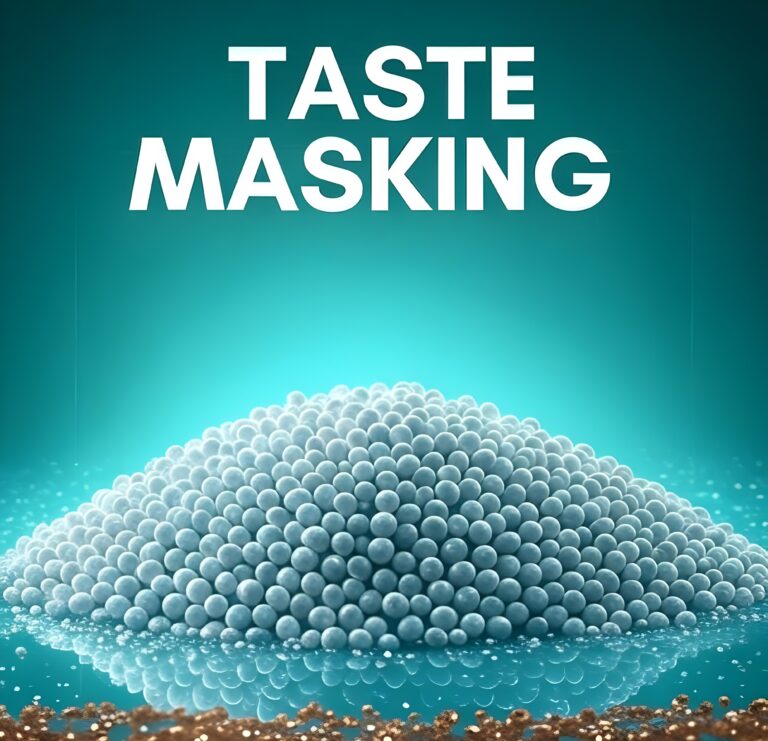



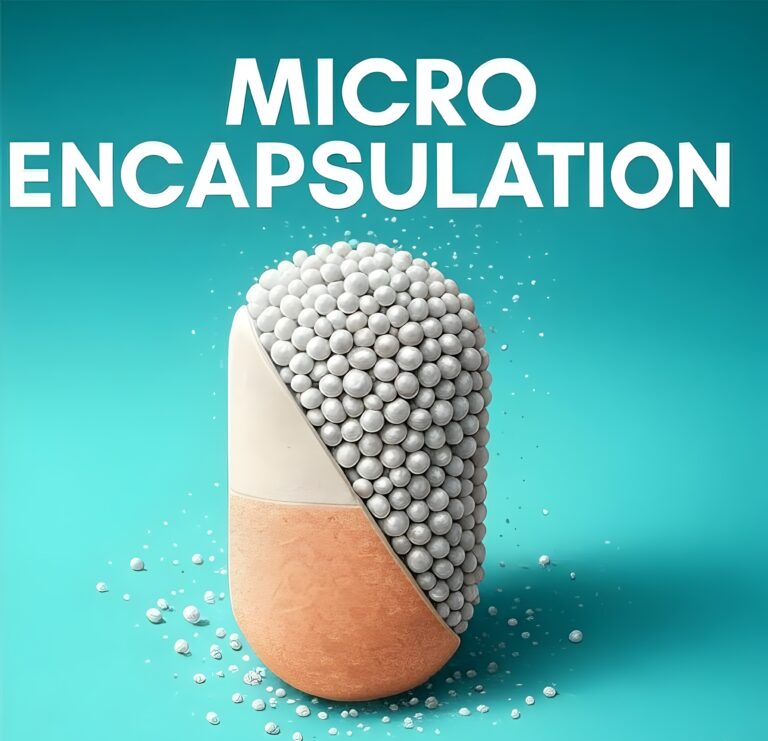


FAQs
Here are some frequently asked questions about Controlled Release Formulations
Controlled release formulations are advanced pharmaceutical products designed to release the active pharmaceutical ingredient (API) at a predetermined rate, maintaining therapeutic drug levels in the bloodstream over an extended period. This is achieved through various formulation and process technologies that control the rate at which the drug is released from the dosage form. The goal is to optimize the therapeutic effects while minimizing side effects, improving patient compliance by reducing the frequency of dosing.
The benefits of controlled release formulations include improved patient compliance due to reduced dosing frequency, enhanced efficacy through maintaining steady drug levels, minimized side effects by avoiding peak plasma concentrations, and potentially reduced overall treatment costs. CR formulations can also enable the targeting of specific absorption sites within the gastrointestinal tract, offering therapeutic advantages for drugs with limited absorption windows.
CR formulations enhance patient compliance by simplifying dosing regimens—reducing the number of doses needed per day, which can decrease the likelihood of missed doses and make it easier for patients to adhere to their treatment plan. This is particularly beneficial for chronic conditions requiring long-term medication, improving the overall effectiveness of therapy and patient quality of life.
There are several types of controlled release technologies, including:
- Coating technologies: Apply polymers that dissolve or erode over time.
- Matrix systems: Embed the drug in a polymer matrix that controls the release rate.
- Osmotic pump systems: Use osmotic pressure to release the drug at a controlled rate.
- Microencapsulation: Encase the drug in microcapsules with controlled release properties.
- Liposomes and nanoparticles: Employ nano-sized carriers to deliver the drug in a controlled manner.
Each technology has its advantages and is selected based on the specific requirements of the API and the desired release profile.
While many drugs can benefit from controlled release formulations, not all are suitable candidates. The feasibility depends on the drug's physicochemical properties, therapeutic window, dose size, and absorption characteristics. Drugs with a narrow therapeutic window, suitable half-life, and stability under CR formulation conditions are good candidates. The development process involves thorough evaluation and optimization to ensure that the controlled release formulation achieves the desired therapeutic effect.
Hycon approaches the development of a CR formulation through a systematic process that includes:
- Initial assessment: Evaluate the API's suitability for CR formulation.
- Formulation development: Design and test various formulation strategies to achieve the desired release profile.
- Analytical testing: Conduct rigorous testing to characterize the release kinetics and ensure uniformity and stability.
- Scale-up and manufacturing: Optimize the process for commercial-scale production while maintaining the CR properties.
- Regulatory support: Provide documentation and support for regulatory submissions.
Throughout this process, the CDMO works closely with the client to meet their specific requirements and regulatory standards.
Regulatory considerations for CR formulations include demonstrating the formulation's safety, efficacy, and quality. This involves providing detailed information on the formulation design, manufacturing process, quality control measures, and bioequivalence studies if applicable. Regulatory bodies, such as the FDA and EMA, may have specific guidelines for CR formulations, including requirements for in vitro and in vivo release testing. Compliance with these guidelines is crucial for approval.
CR formulations can impact the stability of drugs in both positive and negative ways. On the positive side, encapsulating or embedding the drug in protective matrices can shield it from environmental factors, potentially enhancing stability. However, the formulation process and the materials used can also pose stability challenges, requiring careful selection of excipients and optimization of the formulation to maintain the drug's integrity over its shelf life.
Yes, CR formulations can be developed for both oral drugs and a variety of other dosage forms. Oral CR formulations are common and include tablets, capsules, and suspensions designed for extended release.
Hycon can provide comprehensive support in scaling up CR formulations for commercial production, including:
- Process optimization: Refining the manufacturing process to ensure it is efficient, reproducible, and scalable.
- Equipment selection: Identifying and configuring the right equipment to maintain the CR properties during large-scale production.
- Quality assurance: Implementing robust quality control measures to ensure each batch meets the specified release criteria and regulatory standards.
- Regulatory compliance: Preparing and reviewing documentation for regulatory submissions, ensuring compliance with all relevant guidelines.
- Supply chain management: Securing reliable sources for high-quality raw materials and excipients needed for production.
Collaborating with Hycon that has expertise in CR formulation development and manufacturing can significantly streamline the path to market for pharmaceutical companies.


